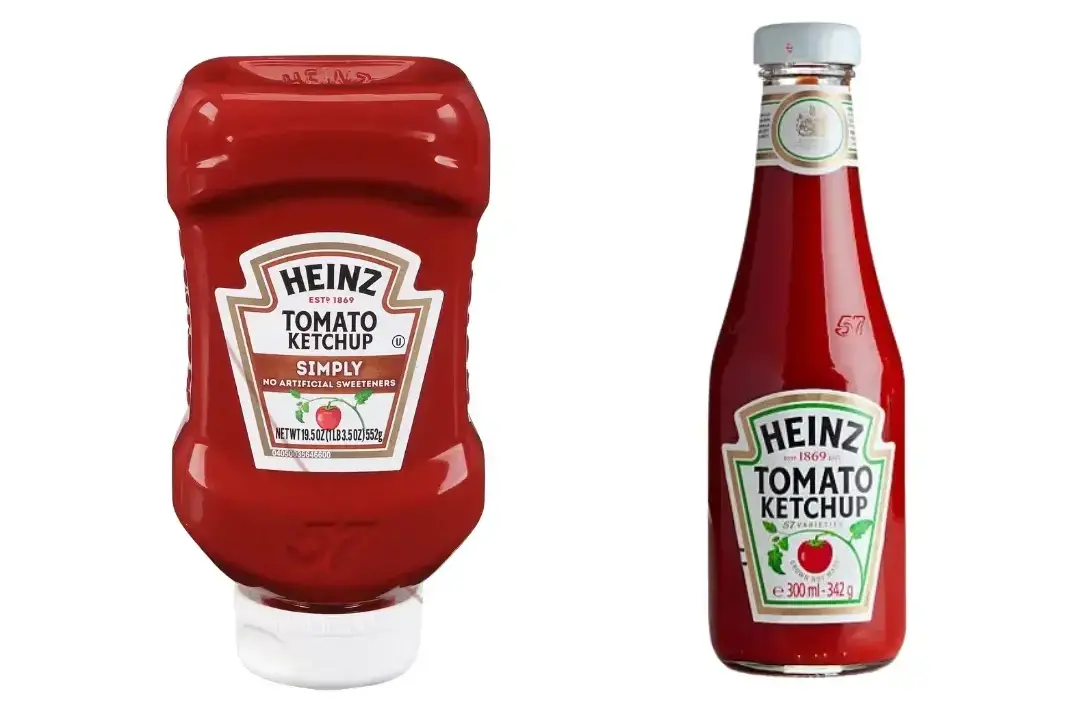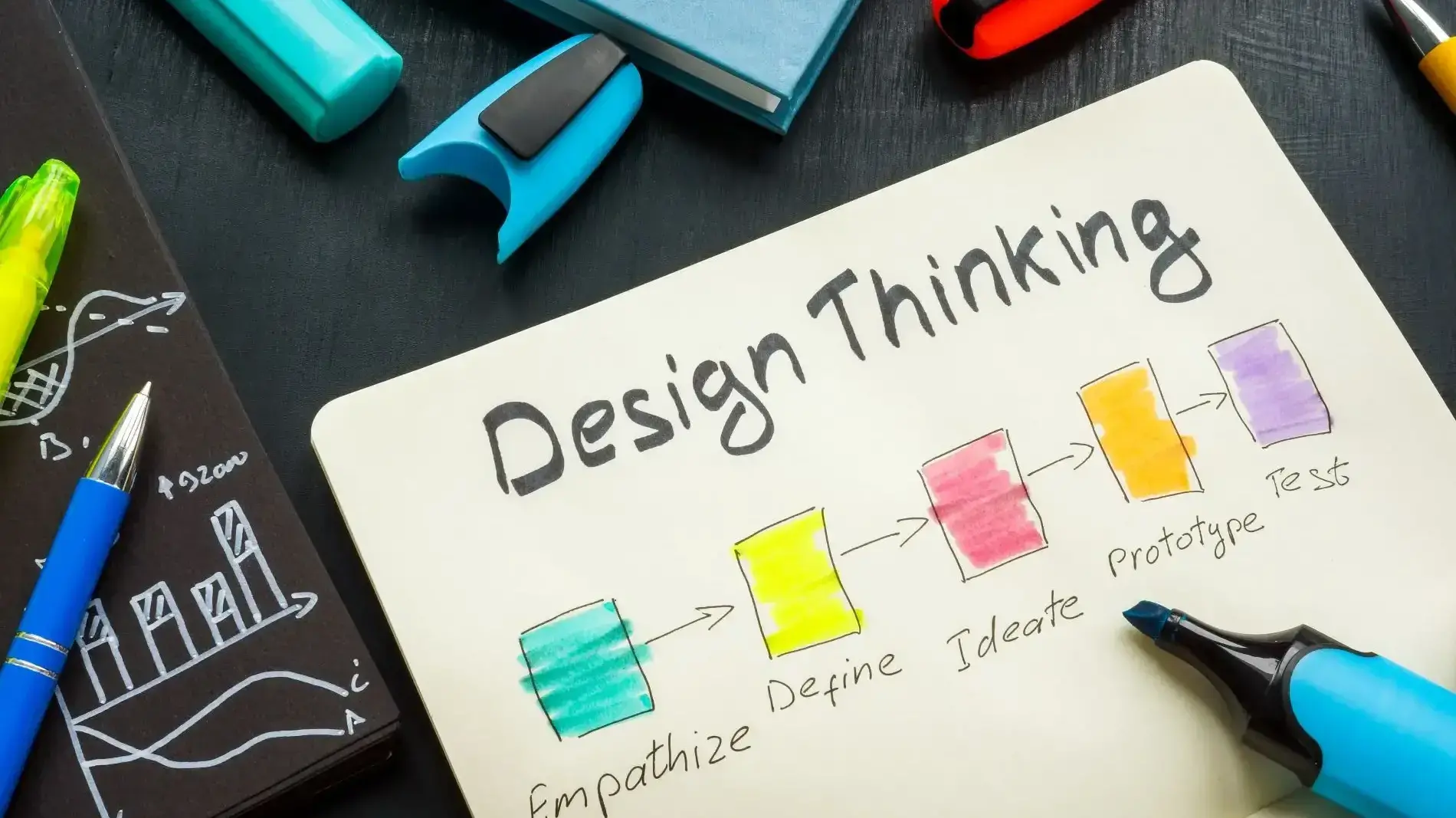“Design is a way of life.” This famous quote by Paul Rand brings to life the concept of design as it relates to our daily expressions. For every design or product that is brought into existence, a creative process is involved.
An artist expresses thoughts and creates artwork using lines, shapes, and colours, to invoke emotions. Scriptwriters generate ideas, outline plots, develop characters, create storyboards, and more, before transforming an idea into a compelling script.
This process of development is the same for every pen in your hand, microwave in your kitchen, mobile phone, or any other physical and digital device.
In any innovative industry, creating or developing products follows an approach called design thinking. This approach provides an understanding of the needs and experiences of users in areas like product development, business strategies, and more.
In this article, we’ll explore the concept of design thinking and how it is beneficial.
What is Design Thinking?
Design thinking is an iterative methodology used to solve complex problems. It is simply how designers approach complex or creative problems.
It is a common notion that design thinking is about product design because it originated from the product design field; however, it can be applied to a wide range of disciplines.
The process of design thinking typically requires:
Understanding what the user needs.
Thinking outside the box.
Creating and refining the design until it meets users' needs.
Collaborating with a diverse team to produce more innovative products, etc.
Design thinking can solve problems in different areas, like:
Educational curriculum development.
Product design and development.
Usability concerns and customer experience.
Business strategy and marketing.
Communication and social issues.
The inverted bottle is a great example of design thinking. The bottle is designed to stand on its cap, allowing gravity to help dispense its content. This design ensures that the bottle’s content is used completely without any getting trapped at the bottom.
Let's think about a glass bottle of mayonnaise to show that the inverted bottle is a great design. To get all the contents out of the mayonnaise bottle, you have to shake or hit the bottom furiously (which does nothing but hurt your palms). Some people may even have to rely on water to loosen the content so it can come out freely (many are guilty of this).
So, how did the invention of the inverted bottle come about?
Paul Brown, who was the owner of a prestigious moulding company, had the thought to invent a bottle closure that would open enough to control and evenly dispense a product when squeezed. When the pressure was released after a squeeze, the bottle closure would close tightly to ensure that no leakage occurred.
After coming up with this idea, Paul Brown ensured that he started applying for patents in July 1998 under his company name Liquid Molding Systems, inc.
During this period, he was approached by a client to make a valve for shampoo bottles to be stored upside down, ensuring they didn't leak while in that position. Brown and an employee named Tim Socier worked on the request and started making prototypes. They came up with a silicon valve shaped like a dome, with petal-like flaps that opened when the bottle was squeezed and closed when it wasn’t being squeezed.
They didn’t perfect this until the 112th prototype which got them the result they were looking for.
Many brands used the creation of the valve to solve problems. NASA used the valve to create leak-proof cups for their astronauts to use in space, and HEINZ used the same concept for their ketchup bottles.

This creative design is what we see in many products today, and it was born out of the necessity to address how traditional bottles dispense content.
Design thinking is user-centred, therefore, how do we create designs that are centred on end-users? To answer this question, we must explore the stages of design thinking.
Stages of Design Thinking
There are several stages of design thinking, and they include;
- Empathy: This stage of design thinking focuses on understanding what the user needs and the problem you want to solve. This process may involve interviewing users, observing users, or carrying out different research to gain more insights. Connecting with users builds empathy that will allow you to understand their needs or problems from their perspective.
- Define: During this stage, the information gathered in the course of the empathy stage is organised and analysed to establish or define the problems. The problems identified must be human-centred, meaning they focus on the customer's needs and concerns rather than the business’s needs or assumptions about the problem.
Ideate: This stage involves generating ideas based on understanding the user's needs and pain points. The comprehension of the problem allows for the generation of possible solutions through brainstorming with team members.
Collaboration is important in this case because it provides different perspectives and helps to create a range of ideas based on different viewpoints. The brainstorming session might also include users or stakeholders in addition to team members in order to generate an assortment of ideas.
Prototype: After brainstorming different solutions, the team proceeds to create prototypes of the ideas generated. The prototypes would then be tested with stakeholders, including team members, users, or different relevant individuals or groups.
Creating prototypes is necessary to identify the best possible solution for the identified problem and also to gather feedback. This process is usually repetitive and would help to refine and improve solutions before they are finally implemented. Also, prototypes could be in the form of wireframes to visualise concepts or solutions.
- Test: This stage involves testing and gathering feedback from the user's interaction with prototypes. Observing users' interactions with the prototype would identify weak and strong areas or areas that require improvement. Based on this feedback, the prototype can be refined to enhance the solution.
Benefits of Design Thinking
- User-Centred Solutions: Design thinking is user-focused because it focuses on the user's needs and experience, understanding the user's concerns to create solutions to address them and also improve their overall experience.
- Creativity: When a problem is defined, a solution must be provided. This knowledge promotes creativity because it requires you to think of different ideas to find a solution. Also, brainstorming allows you to see different perspectives and explore beyond the obvious.
- Collaboration: Design thinking promotes collaboration and teamwork, which creates room for knowledge sharing and learning. It also involves stakeholders and users in the design process. Various viewpoints are examined to create the best solution.
- Problem Solving: The design thinking process helps to understand how to solve in steps. First by understanding the cause of the problem and then finding solutions to address the problem.
- Continuous Improvement: Design thinking iterative process allows for continuous refinement of solutions based on feedback from users, ensuring that solutions meet users' needs.
Limitations of Design Thinking
Risk of Failure: This may be considered a limitation but it’s a part of the design thinking process, which involves trial and error.
Every innovation or design has a risk of failure that allows us to identify, address and improve solutions on time.
- Time-Consuming: The process of design thinking involves multiple stages of ideation, prototyping and testing, which consume time and resources and may not be practical for some organisations.
- Expertise: The implementation of design thinking effectively requires expertise. If there’s no proper understanding of how the principles work, it may be difficult to apply them.
Companies that used Design Thinking: Case Study Netflix and Uber
Uber
Uber is the biggest transportation company that offers ride-hailing service, courier, food, and freight transportation. With over 149 million customers, Uber processed $18.67 billion in the first quarter of 2024.
The foundation of Uber's user experience is rooted in empathy for users. Uber utilised design thinking to implement features like animations and interactive maps for users who may get frustrated waiting for a ride.
These features show users the location of the driver, the estimated arrival time, and when the rider is approaching. This approach helps reduce the perceived wait time and also keeps users engaged by providing necessary updates.
Airbnb
Airbnb is a popular online marketplace for short and long-term homestays in different countries worldwide. Airbnb's core is to represent customers and their needs.
Brian Chesky and Joe Gebbia, who studied together in university, and rented an apartment in San Francisco had an idea for a bread and breakfast. We can say that is the beginning of Airbnb.
In 2007, during a conference that caused hotel fees to skyrocket, they bought air mattresses and launched airbedandbreakfast.com to find guests.
Their idea was successful, and they decided to continue to develop the concept, which became Airbnb.
Airbnb Brian Chesky and Joe Gebbia used the empathy method of design thinking to answer questions such as: "What do people do when they are travelling? "How can they learn how to get from the airport to their lodging on time?" and "How can one recommend a place to eat in the neighbourhood?"
The answers to these questions gave them insights into developing the Airbnb website, which allows users to rent apartments or accommodations, order breakfast, communicate with hosts for recommendations, etc.
Summary
Design is crucial in making our experiences better, and design thinking simply involves approaching problems that produce innovative outcomes. Imagine if the buttons of your microwave had no details; how would you know what steps to take in using it?
A good design must be user-friendly, adaptable, innovative and functional. This is why the design thinking process is important to ensure all of these requirements are met.
Design thinking can solve a wide range of problems by applying its process in different contexts. However, there are cases where it may not be the best solution to a problem, and there are other instances where it does not guarantee success.
Frequently Asked Questions
What type of design should my fitness blog have?
When you’re a beginner, don’t go crazy with the design of the site. The most important thing is to have a site that looks professional, easy to read, and fast.
What is the glassmorphic effect in UI design trends?
The glassmorphic effect is a UI design trend that utilizes semi-transparent backgrounds, resembling virtual glass, to create a sense of depth and dimensionality in web design.
How do I choose a design for my website?
One of the most important things when creating a website for your art is the design. Even though your pieces of art might be amazing, people will leave if your site is hard to navigate. This is why it’s important that the site is easy on the eyes and easy to navigate.
What are the best practices for responsive design in WordPress themes?
Use a mobile-first approach, implement media queries, test across various devices, and prioritize user experience on both desktop and mobile.

Jessica Agorye is a developer based in Lagos, Nigeria. A witty creative with a love for life, she is dedicated to sharing insights and inspiring others through her writing. With over 5 years of writing experience, she believes that content is king.
View all posts by Jessica Agorye




















